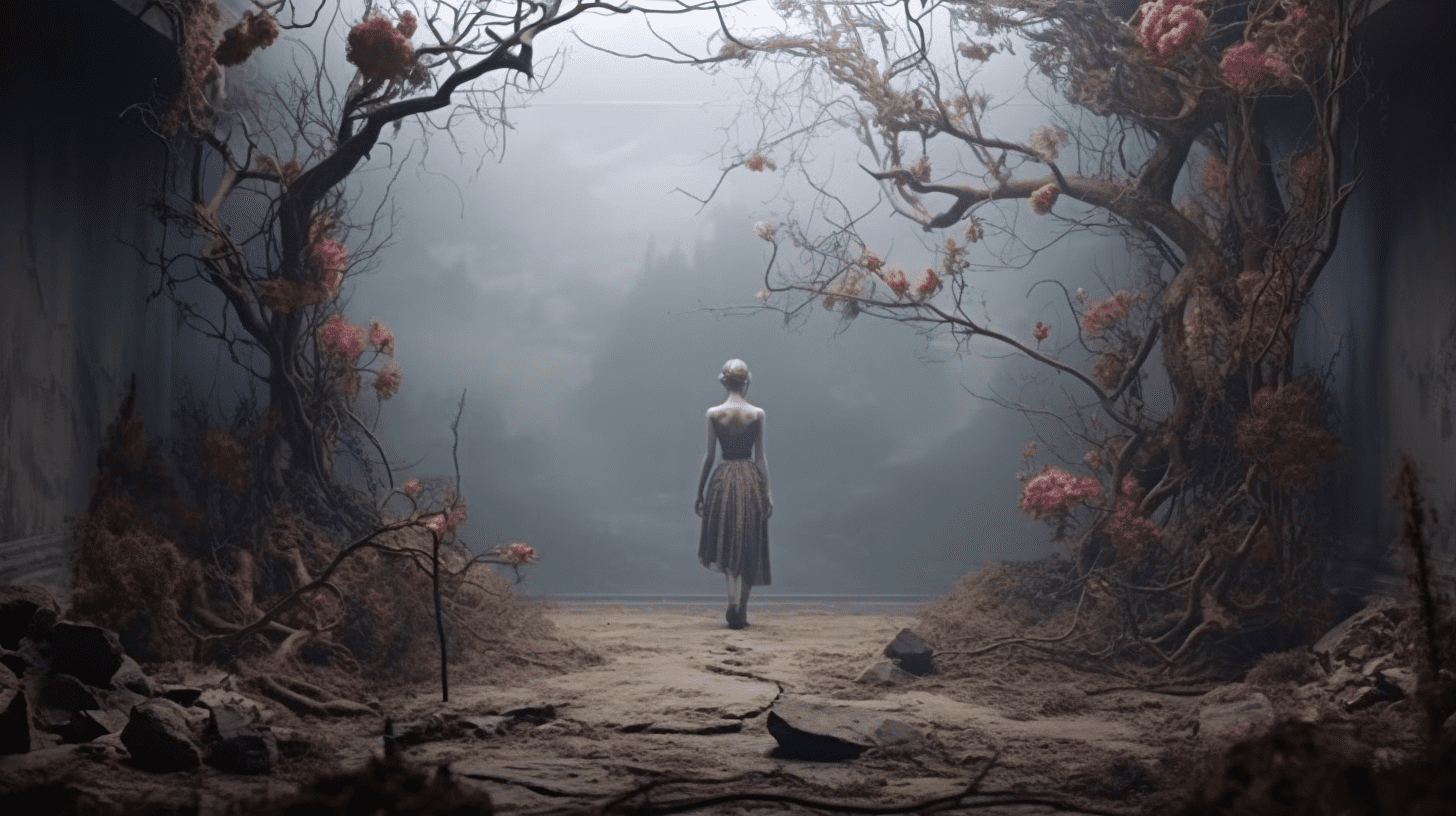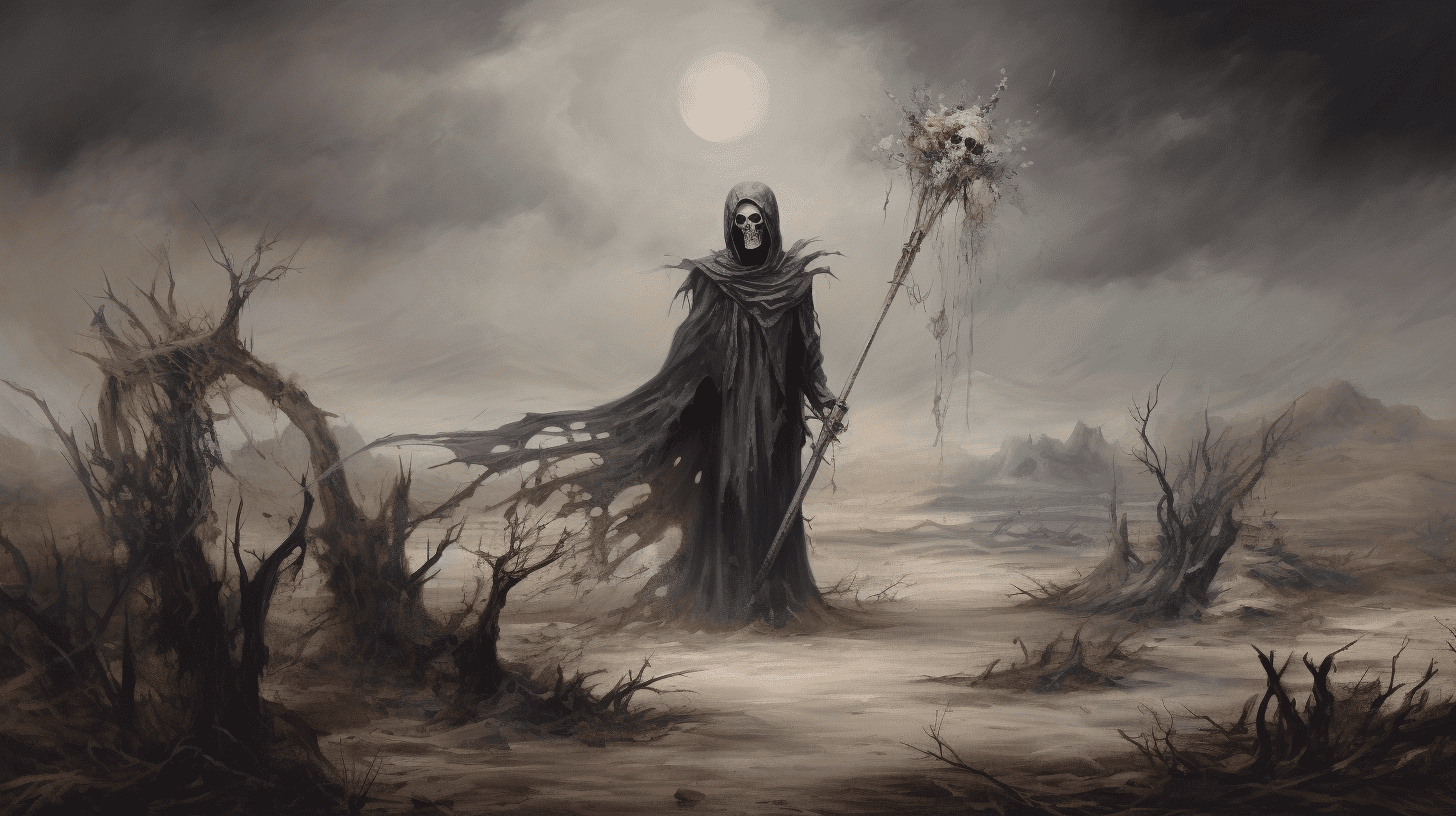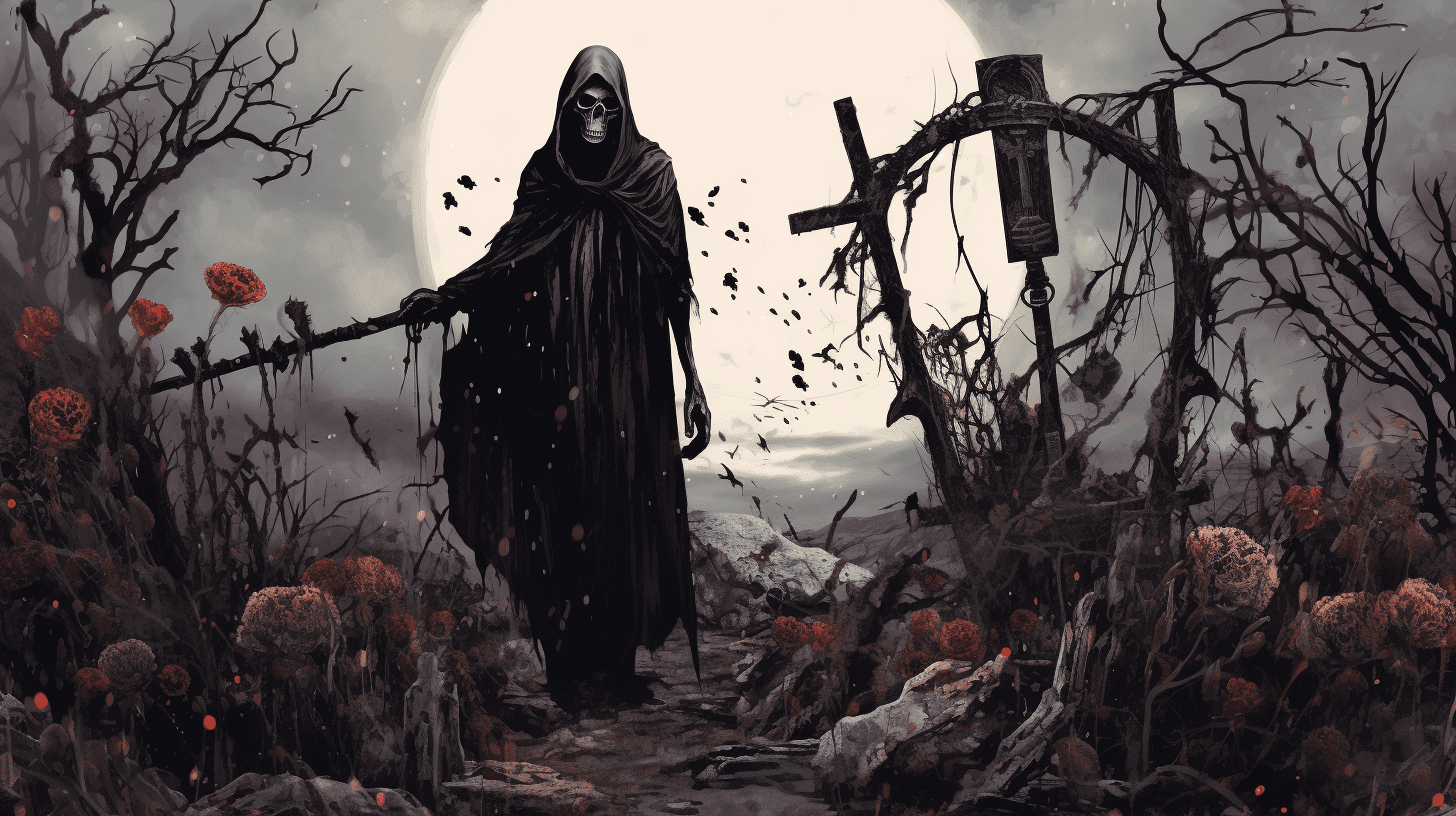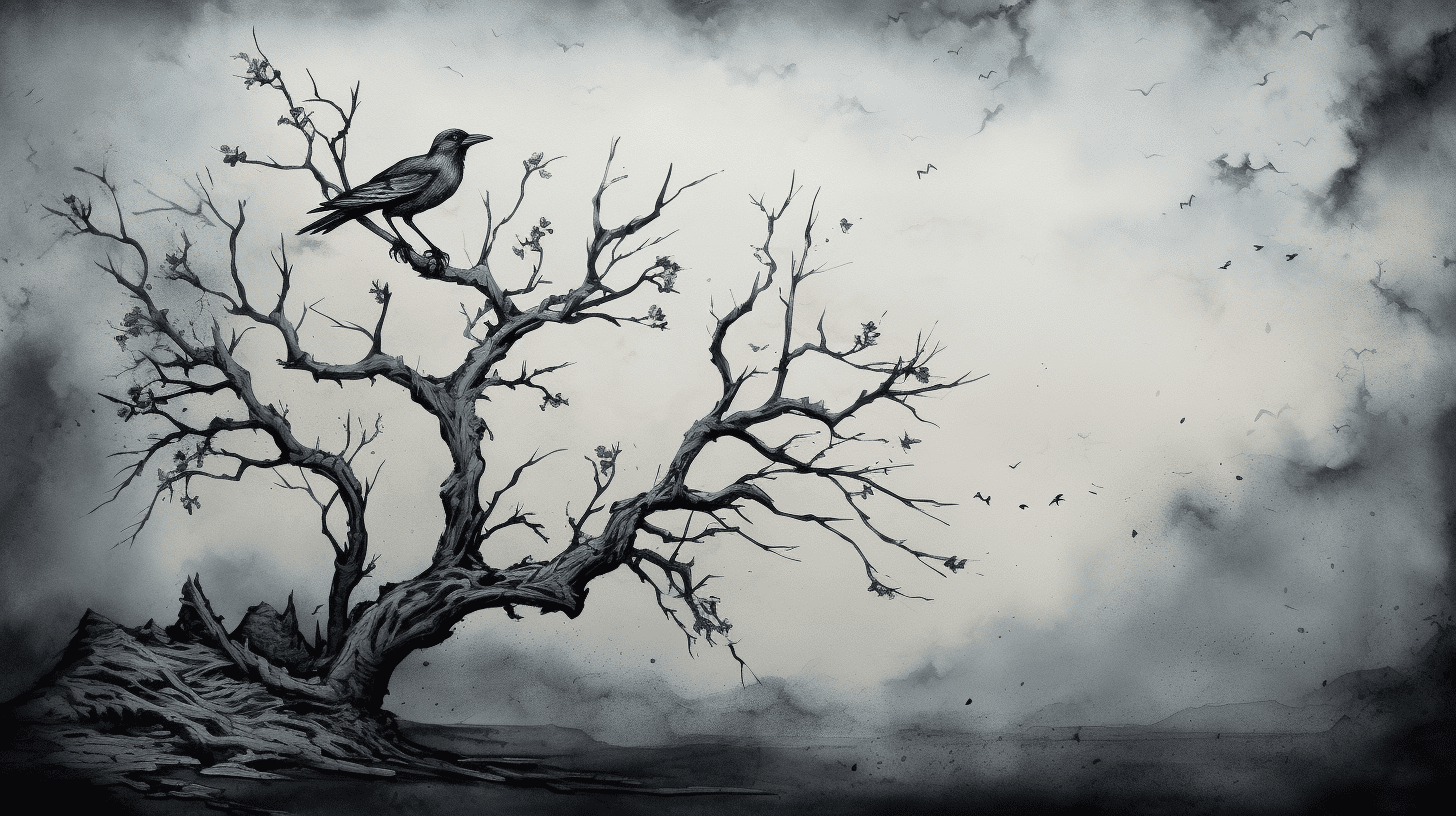
Last Update:
Death
Published on

Last Update:
Published on
Welcome to the intriguing world of tarot cards, where the Death card holds a mystifying allure.
In this article, we will explore the symbolic interpretation, artwork specifics, and memory aid tips associated with Card 13: Death.
Prepare to be captivated by the enigmatic imagery and profound meanings conveyed through this card.
Let the secrets of the Death card unfold before you, as you embark on a journey of discovery.
The Death Card, represented as Card 13 in the tarot deck, holds deep symbolism and significance.
Despite its ominous name, the Death Card doesn’t predict literal death, but rather signifies transformation, rebirth, and letting go of the old to make way for the new.
In astrology, this card is associated with the transformative and intense energy of Scorpio, further emphasizing its themes of change and growth.
Explore the significance and symbolism of the Death Card in tarot readings.
The Death Card, numbered 13, holds a deep astrological significance. It’s associated with the zodiac sign Scorpio, known for its transformative and intense energy.
In tarot, the Death Card represents change, transformation, and rebirth. Contrary to its name, it doesn’t signify physical death, but rather the end of a phase or situation.
Common interpretations of the Death Card include letting go of the past, embracing new beginnings, and releasing old patterns. It urges you to embrace change and embrace the unknown.
The Death Card reminds us that in order to grow and evolve, we must be willing to let go of what no longer serves us.
The Death Card in tarot readings is astrologically associated with the zodiac sign Scorpio, amplifying its transformative and intense energy. This astrological significance adds depth and complexity to the interpretation of the card.
Scorpio is ruled by the planet Pluto, which symbolizes death and rebirth, making it a fitting connection for the Death Card. Scorpio is known for its passionate and mysterious nature, embodying qualities of transformation and regeneration. This aligns with the themes of the Death Card, representing the end of one phase and the beginning of another.
In mythological connections, Scorpio is often associated with the story of the Phoenix, a creature that rises from the ashes, symbolizing resurrection and renewal. The astrological association of the Death Card with Scorpio enhances its transformative symbolism and adds a layer of depth to its interpretation.

Discover the significance of Card 13: Death as it relates to your journey through the tarot deck.
The Death card is one of the most iconic and misunderstood cards in the deck. Its symbolic meaning represents transformation and change rather than literal death.
When this card appears, it signifies the end of a phase or situation and the beginning of something new. It’s a reminder that in order to grow and evolve, we must let go of what no longer serves us.
The interpretation of the Death card can vary depending on the surrounding cards and the specific question asked. It often indicates the need to release attachments, embrace endings, and embrace the unknown.
Rather than a card of doom and gloom, the Death card offers an invitation for personal growth and transformation.
Now let’s explore the symbolic interpretation of Card 13: Death. This card can have both positive and reverse interpretations, providing a deeper understanding of its meaning.
One might find a positive interpretation of Card 13, Death, by viewing it as a symbolic representation of transformative change. Rather than representing physical death, this card signifies the end of one phase and the beginning of another. It symbolizes the healing transformation that occurs when we let go of old patterns and beliefs, paving the way for new beginnings.
Here are three key ideas to consider:
When interpreting the reverse of Card 13, Death, a different perspective can be gained through a symbolic interpretation. The reverse of this card doesn’t necessarily indicate physical death, but rather symbolizes the end of a phase or transformation.
Here are three symbolic meanings and spiritual significance associated with the reverse interpretation of Card 13:

When examining the artwork of Card 13: Death, there are several important details to consider.
First, the Rider-Waite Deck presents a traditional depiction of Death as a skeleton in black armor, carrying a flag with a white rose.
Second, the Tarot Artwork Details show the card with a dark background, symbolizing the ending and transformation that Death represents.
Lastly, the Artwork Specifics of the Shadowscape Tarot feature a more ethereal and fantastical representation, with Death portrayed as a figure draped in flowing robes, surrounded by butterflies and flowers.
These unique artwork choices bring different interpretations and emotions to the card.
The Rider-Waite Deck, created by artist Pamela Colman Smith and writer Arthur Edward Waite, is known for its iconic illustrations that have become synonymous with tarot readings. The artwork in the Death card is a specific example of the deck’s attention to detail and symbolism. The card depicts a skeleton dressed in black armor, riding a white horse. This imagery represents the universal theme of death and the inevitability of its arrival. The horse is seen trampling over a fallen king, symbolizing the end of earthly power and the leveling of all beings in the face of death. The skeleton holds a black flag adorned with a white rose, which carries its own symbolism. The black flag represents mourning and the sorrow that accompanies death, while the white rose symbolizes rebirth and transformation. These contrasting elements convey the idea that death is not an end, but rather a transition into something new. In the background of the artwork, a rising sun can be seen, symbolizing hope and the dawning of a new era. This imagery reinforces the idea that death is not a finality, but rather a necessary and transformative part of life. The Rider-Waite Deck’s artistic representation of the Death card effectively captures the symbolic meaning of death and its role in the human experience.
The Death card in the Rider-Waite Deck depicts a skeleton wearing black armor, mounted on a white horse. The skeleton carries a black banner adorned with a white flower, symbolizing rebirth. In the background, there’s a rising sun, representing the dawning of a new era.
The horse symbolizes strength and power, while the armor suggests protection and resilience. The skeleton represents the inevitability of death and the transience of life.
The card’s imagery emphasizes the cyclical nature of existence and the transformative power of death. It reminds us that even though death may bring an end to one phase, it also opens the door to new beginnings.
The Death card carries a profound message of transformation and the need to embrace change in order to grow and evolve.
Examine the unique artwork of the Shadowscape Tarot Death card.
The symbolism and interpretation in this card are thought-provoking and rich in artistic elements.
The Death card depicts a skeletal figure in a flowing black cloak, holding a scythe.
The background is filled with vibrant colors, symbolizing the cycle of life and death.
The presence of a white rose signifies purity and rebirth, while a butterfly represents transformation.
The artist skillfully uses light and shadow to create a sense of depth and mystery, adding to the overall atmosphere of the card.
The intricate details in the skeletal figure and the surrounding elements invite contemplation on the inevitability of change and the acceptance of mortality.
The Shadowscape Tarot Death card’s artwork is both visually striking and emotionally evocative.

As you wrap up your exploration of memory aid tips, it’s important to reflect on their impact and consider how they can continue to enhance your study strategies.
Final takeaways from this journey include the realization that memory aids are powerful tools that can significantly improve your ability to retain and recall information. By using techniques such as visualization, mnemonic devices, and chunking, you can better encode information into your long-term memory.
Additionally, reflection on the meaning of the material you’re studying can deepen your understanding and make it more memorable. Taking the time to think about the significance and relevance of what you’re learning allows you to make meaningful connections and create a strong foundation for future learning.
Misconceptions about the Death card in tarot readings are quite common. Many people mistakenly believe that this card represents literal death or physical harm. However, the Death card symbolizes transformation, change, and the end of a major phase in your life.
It signifies the need for letting go of the old to make way for the new. Don’t be afraid of this card; it brings positive opportunities for growth and rebirth.
When it comes to interpreting the death card in different contexts like love, career, or spirituality, the symbolism can be quite intriguing.
In matters of love, it may indicate the end of a relationship or a transformation within it.
In terms of career, it could represent the need for change or the closing of one chapter to make way for new beginnings.
And in matters of spirituality, the death card may symbolize a profound inner transformation or spiritual rebirth.
The death card holds a depth of meaning in various aspects of life.
Historical origins of the Death card can be traced back to the 15th century when Tarot cards were first used in Europe.
Cultural symbolism associated with the card varies across different cultures. In some, it represents transformation and rebirth, while in others it signifies the end of a cycle.
The card’s imagery, such as the skeleton, scythe, and sun setting, adds to its powerful symbolism.
Understanding the historical and cultural references can provide deeper insights into the meaning of the Death card in various contexts.
The Death card can surprisingly represent positive transformations and new beginnings. Despite its ominous name, this card symbolizes the end of one phase and the start of another. It signifies the need for change and the shedding of old habits or beliefs.
When interpreting the Death card in a tarot reading, it’s important to consider the other cards that appear alongside it.
The Death card often signifies transformation and new beginnings, but the specific combination of cards can add depth and nuance to its symbolic meanings.
Certain cards, like the Tower or the Ace of Cups, frequently appear alongside Death, highlighting themes of sudden change or emotional renewal.
Paying attention to these combinations can provide valuable insights into the overall message of the reading.